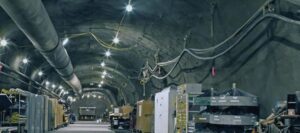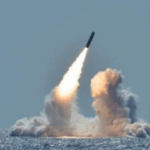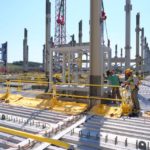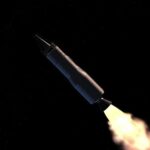
The National Nuclear Security Administration (NNSA) mismanaged development of two machines used to measure the explosive power of nuclear weapons, leading to program delays and cost overruns, the Government Accountability Office found in a recent report. To continue its long-running program to test the effectiveness of nuclear weapons without actually detonating one, the NNSA established the Enhanced Capabilities for Subcritical Experiments (ECSE) program “to assess the performance, safety, and reliability of nuclear weapons without nuclear explosive testing.” The program relies…













